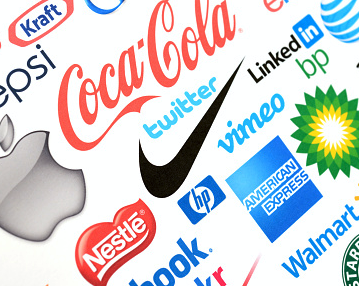Editor’s note: Jim Chastain is founding partner, insights strategist at research firm RealityCheck, St. Louis, Mo. This is an edited version of a post that originally appeared here under the title, “Brand strategy: The value of human-centered brands.”
It just happened again. Nestle has just bought Blue Bottle coffee. There will be Blue Bottle coffee drinkers who are crushed by this and there will be Blue Bottle coffee drinkers who don’t pay a lot of attention to it. Who knows what will happen with the Blue Bottle brand from here but I’m guessing that Nestle will attempt to leverage the very human feeling brand experience that Blue Bottle (and other brands like it) have created.
 This is just one more in a long line of acquisitions that have occurred in the last few years where a traditional consumer-oriented company with lots of large, legacy brands has purchased what I refer to as a human-centered brand to become more relevant in today’s world. Anheuser-Busch InBev has made several purchases of craft beers throughout the country for much the same reason. Its large, legacy brands (which are still consumed by macro drinkers) aren’t seen as having as much value as the more personal, human brands that have emerged on a regional and local level. These brands have stories … they’re crafted by individuals who are known and visible and are seen as having a lot at stake. And for all of this they can demand a premium that gives them more value.
This is just one more in a long line of acquisitions that have occurred in the last few years where a traditional consumer-oriented company with lots of large, legacy brands has purchased what I refer to as a human-centered brand to become more relevant in today’s world. Anheuser-Busch InBev has made several purchases of craft beers throughout the country for much the same reason. Its large, legacy brands (which are still consumed by macro drinkers) aren’t seen as having as much value as the more personal, human brands that have emerged on a regional and local level. These brands have stories … they’re crafted by individuals who are known and visible and are seen as having a lot at stake. And for all of this they can demand a premium that gives them more value.
I would offer up that there is a tangible human premium associated with more human-centered brands or these companies wouldn’t be buying them. The executives at Nestle, Anheuser-Busch InBev, Pepsi, General Mills and many other companies may not call it that but that is exactly what they’re buying.
The Blue Bottle acquisition is just one more piece of evidence that the world of legacy brand marketing is recognizing the fact that it needs to become more human, personal and interesting to add value. Many people are willing to pay a human premium and that premium gives human-centered brands more value. But maybe acquiring this human premium through acquisition isn’t the only way that legacy brand marketing companies can create more value.
The truth is, these legacy brands can become more human on their own. They can’t do it through creating fantasy origin stories or simply trying to look more contemporary. People are too smart for that and there is this lie detector called the Internet that prevents them from playing any tricks with the truth.
Taking a human insights approach is a great start. Human insight is not just semantics or word play. It is a different approach to insights based on two premises that can help a brand add value in ways that consumer insights can’t:
- A person’s life experience is the key driver when it comes to how they make decisions in their life and in the brands they choose. And if we believe that then why don’t we talk to them about their life instead of just talking to them as consumers of a category? Human insights help a brand understand how it can play a more meaningful role in a person’s life. How can it help consumers manage meaningful tensions that are constantly on their minds? How can it be a more meaningful part of their life story … not just a set of benefits? That is how brands can create value for people now and in the future.
- Most legacy brands have been asking their consumers the same questions for years and know almost everything there is to know about their attitudes, preferences and behavior as a consumer. Asking them questions about their life experience and how it has formed who they are opens a new world of innovation possibilities.
If you’re a legacy brand company that is looking to add value to your brands you can do one of two things; acquire “human” value, or develop it with your existing brands. Both are different kinds of investments. If you decide to do the latter start with human insights. You’ll be amazed at what you hear and how it will form a new foundation that rejuvenates your brands with human value.
